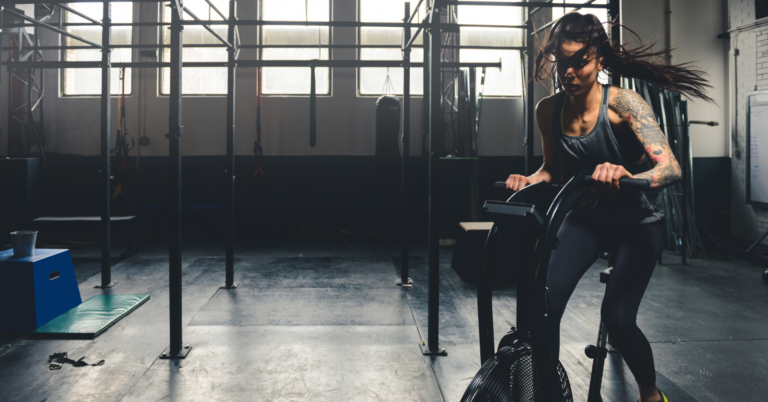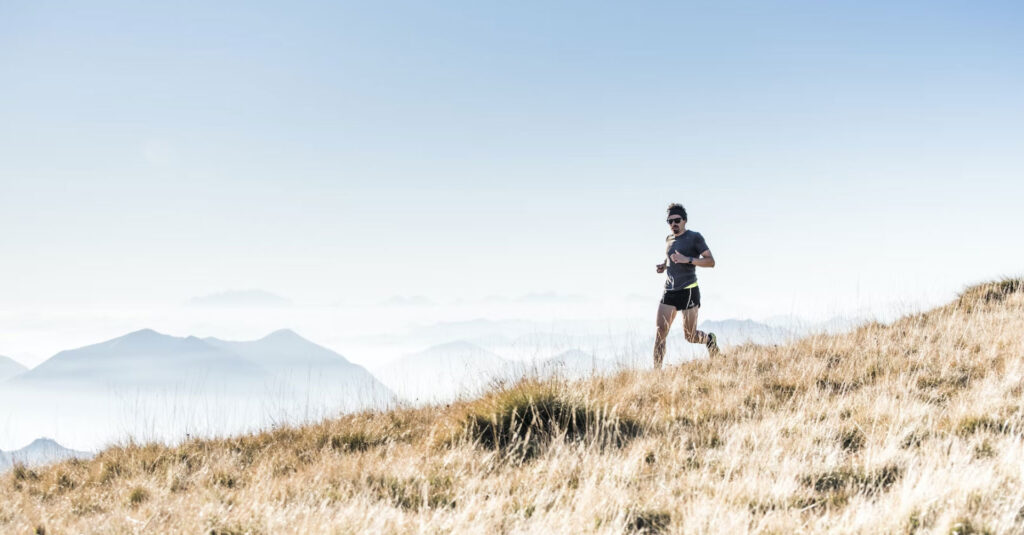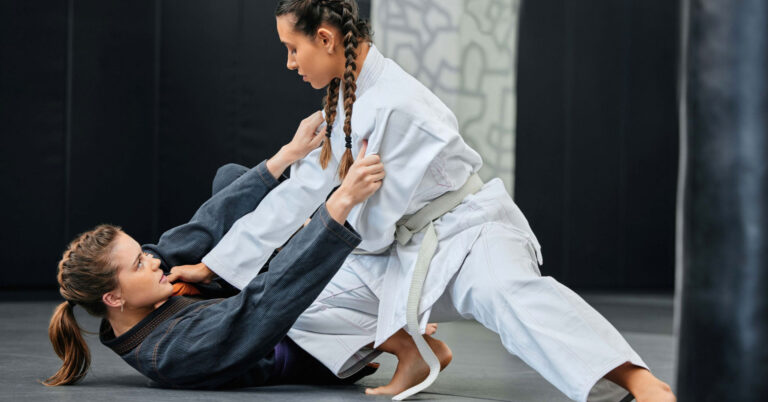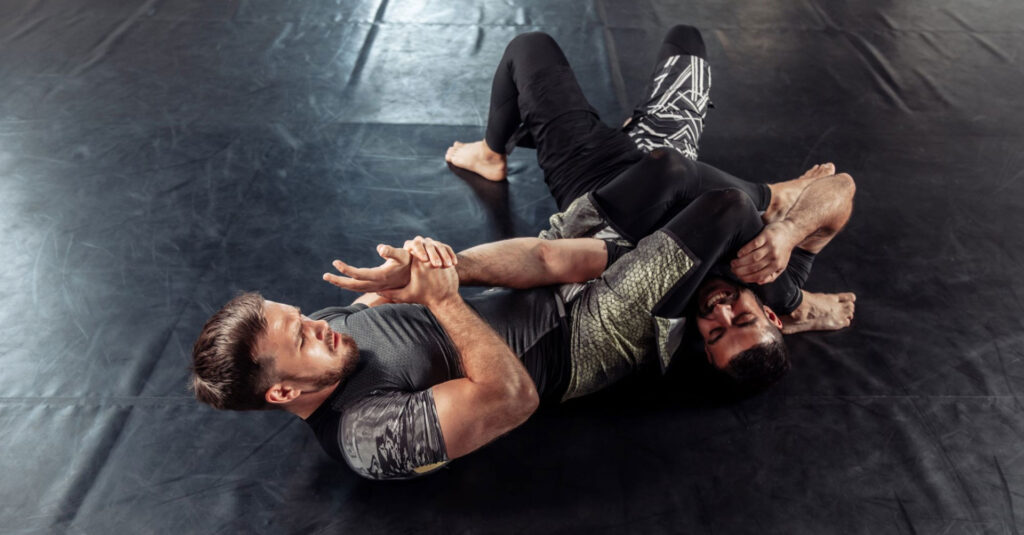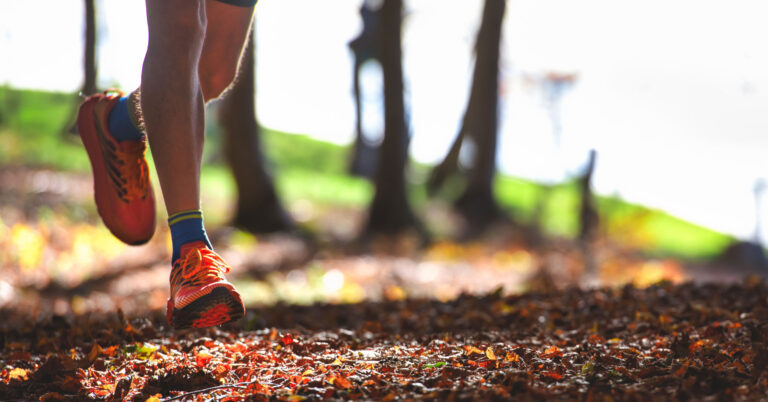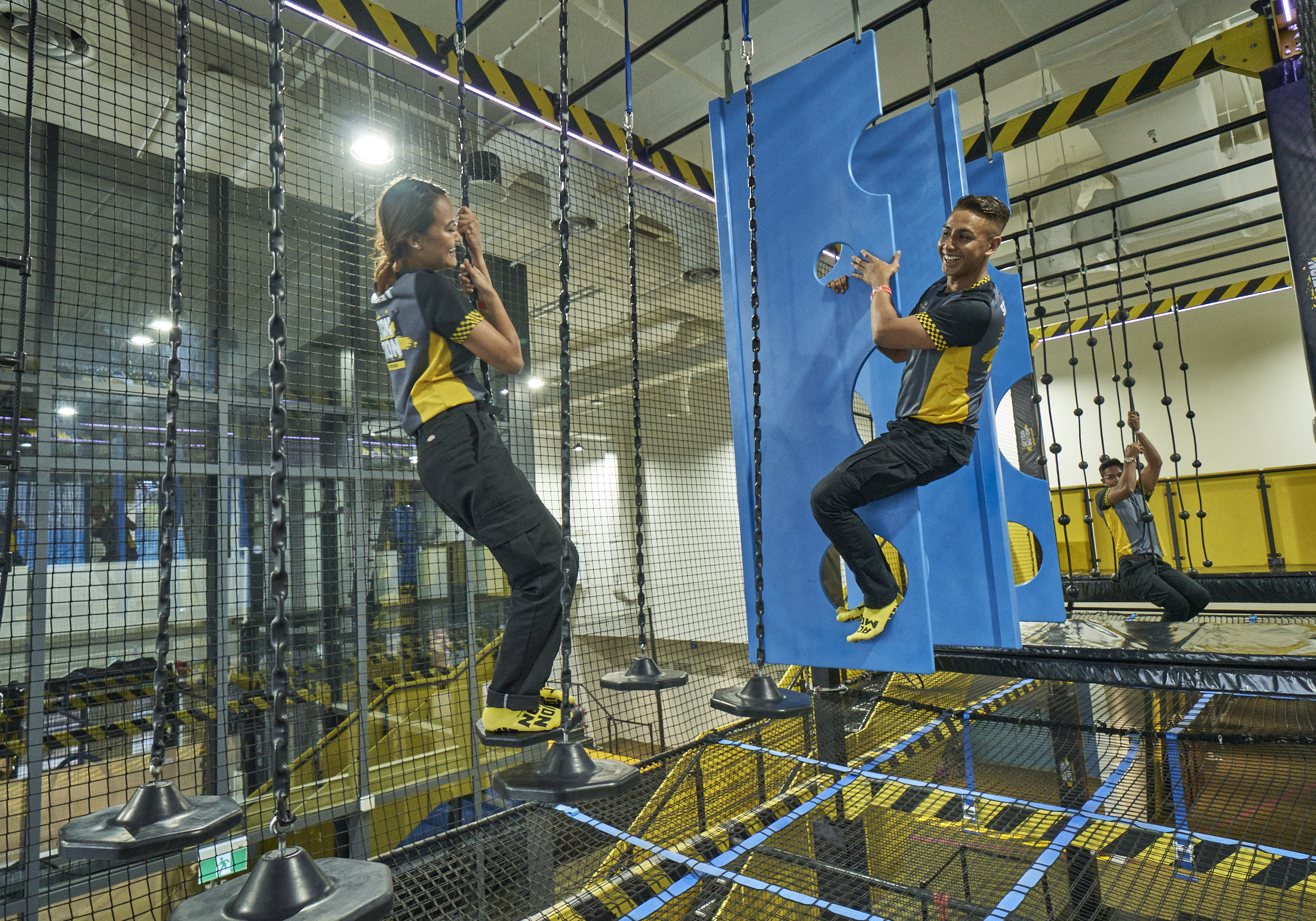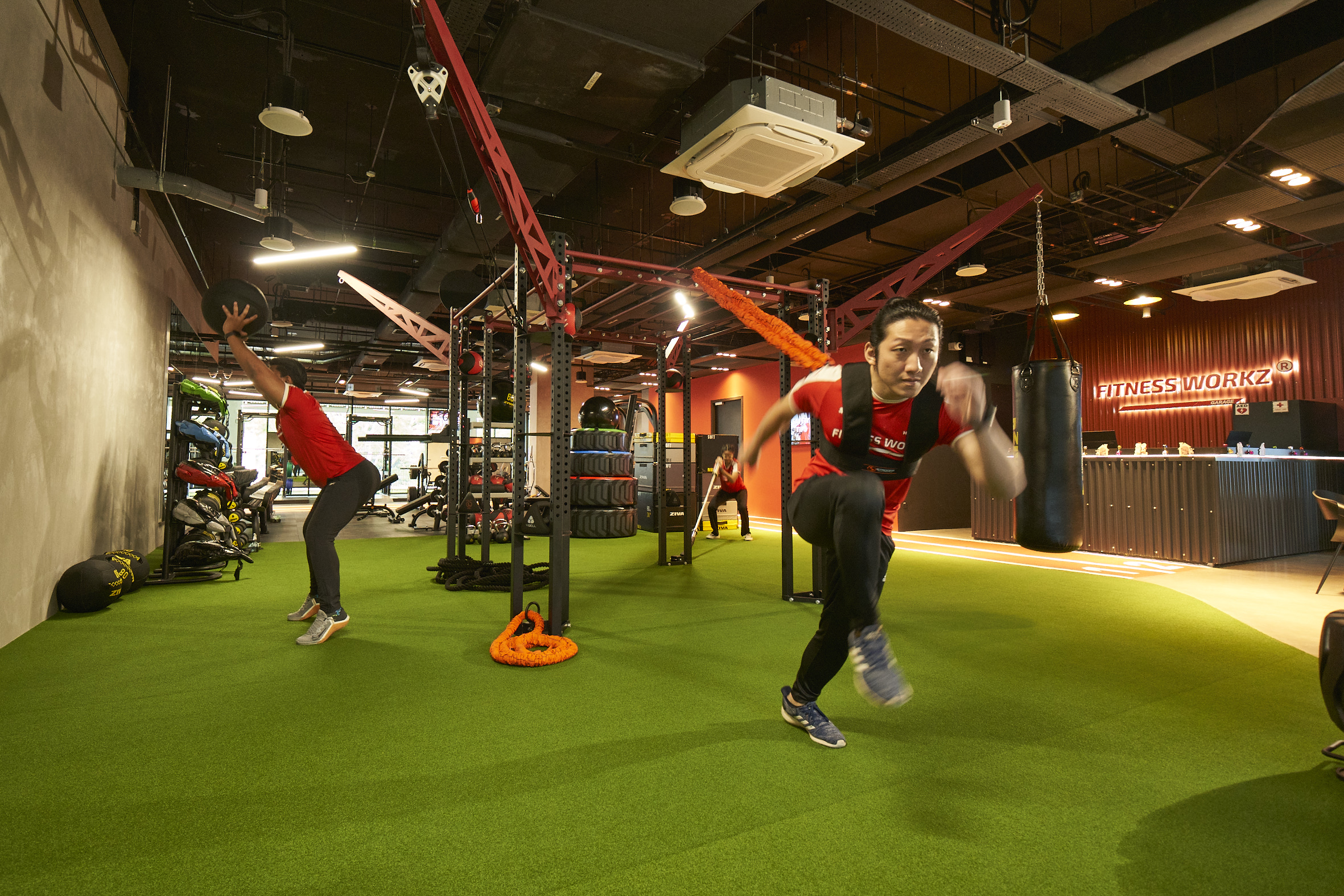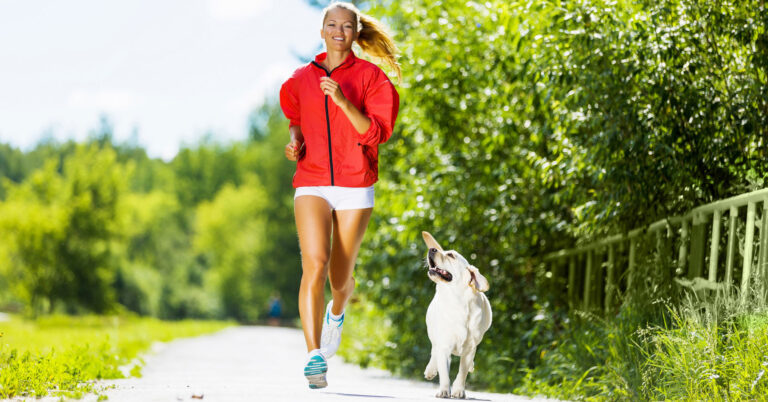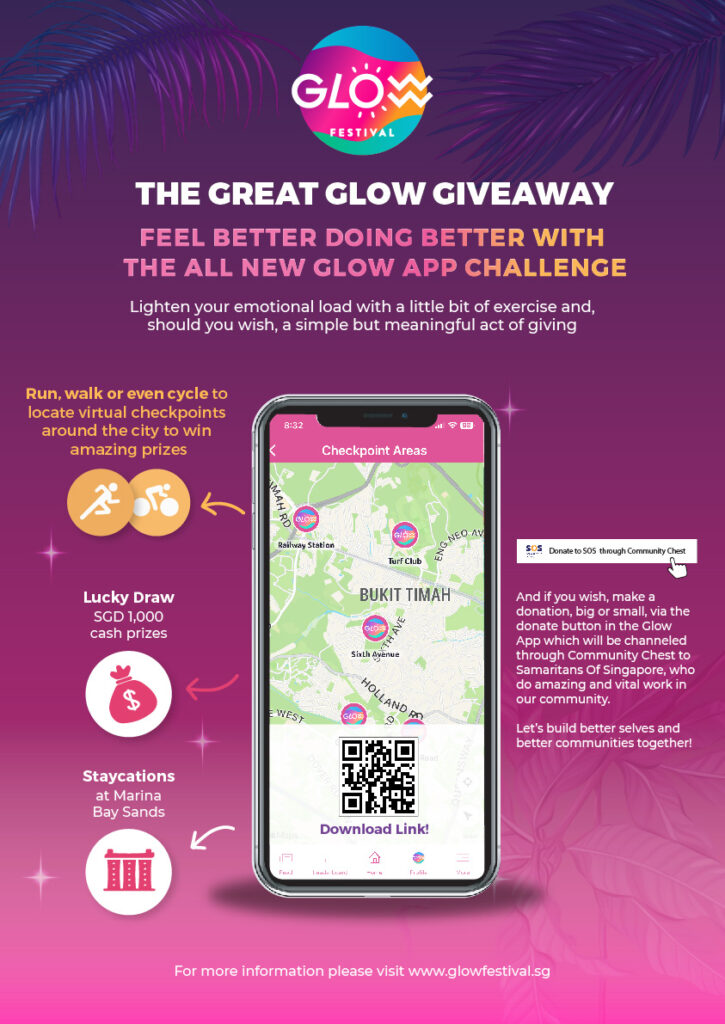Many people in the fitness and bodybuilding areas still think endurance exercise prevents you from gaining muscle. But is their concern that exercising will cause them to lose muscle mass justified? Let’s look more closely.
Strength and endurance training can negatively affect one another.
That much is true. Strength and endurance training can interact negatively, but only if combined in an unbalanced fashion that is at odds with the intended training objective. When excessive cardio exercise makes up more than half of a bodybuilder’s sessions, he or she will not get the best training outcomes when trying to put on muscle. Similar to how a marathon runner won’t become faster by lifting large weights daily in the gym.
Finding the perfect balance is difficult in athletics because it calls for both a lot of strength and endurance. The only way to improve in both areas is to ensure the training stimulus is followed by an adequate rest interval. But this is frequently the issue when you try to make progress in two areas at once. As a general rule, always start a strength-building session when your muscles are not already exhausted. You won’t be able to exercise with the required intensity to generate an efficient training stimulus. Also, lifting big weights while feeling fatigued increases your risk of injury since it weakens your stabilizing muscles and impairs your coordination.
Do Cardio Workouts cause muscle loss?
Endurance training does not result in muscle loss as long as you give your body enough high-quality protein, complex carbohydrates, vital fats, and adequate time to recuperate. In actuality, the opposite is true. Regular practice of cardio exercises can help you grow muscle.
- As a result of improved and more effective circulatory function, muscles’ capillary development has increased. This enhances circulation in the muscles.
- Metabolic wastes are eliminated more quickly, and oxygen and nutrients are transferred more swiftly.
- It increases your stamina and speeds up your recuperation. You can exercise more frequently and with greater intensity in this way.
- Your body fat percentage may go down as a result.
Can a combined strength and cardio training program result in even greater muscle gains than a pure muscle-building program?
According to Tommy R. Lundberg and his Swedish research team, endurance training can directly influence muscle growth. Endurance training boosts muscle formation both directly and indirectly. In a 2013 study in the Journal of Applied Physiology, he concludes that combining resistance and endurance exercise results in more muscle growth than strength training alone. These findings are further reinforced by a fresh study by a Swedish research team led by Zuzanna Kazior released in 2016. The conclusions of this study, however, are in contrast with those of numerous other studies that found a mixed training program does hinder muscle growth.
In conclusion, Strength training should always include frequent cardio workouts. It is unjustified to worry that, when done correctly, endurance exercises may cause muscle mass loss. Regular cardio workouts have been shown to have health benefits and indirectly aid in developing lean muscle.


